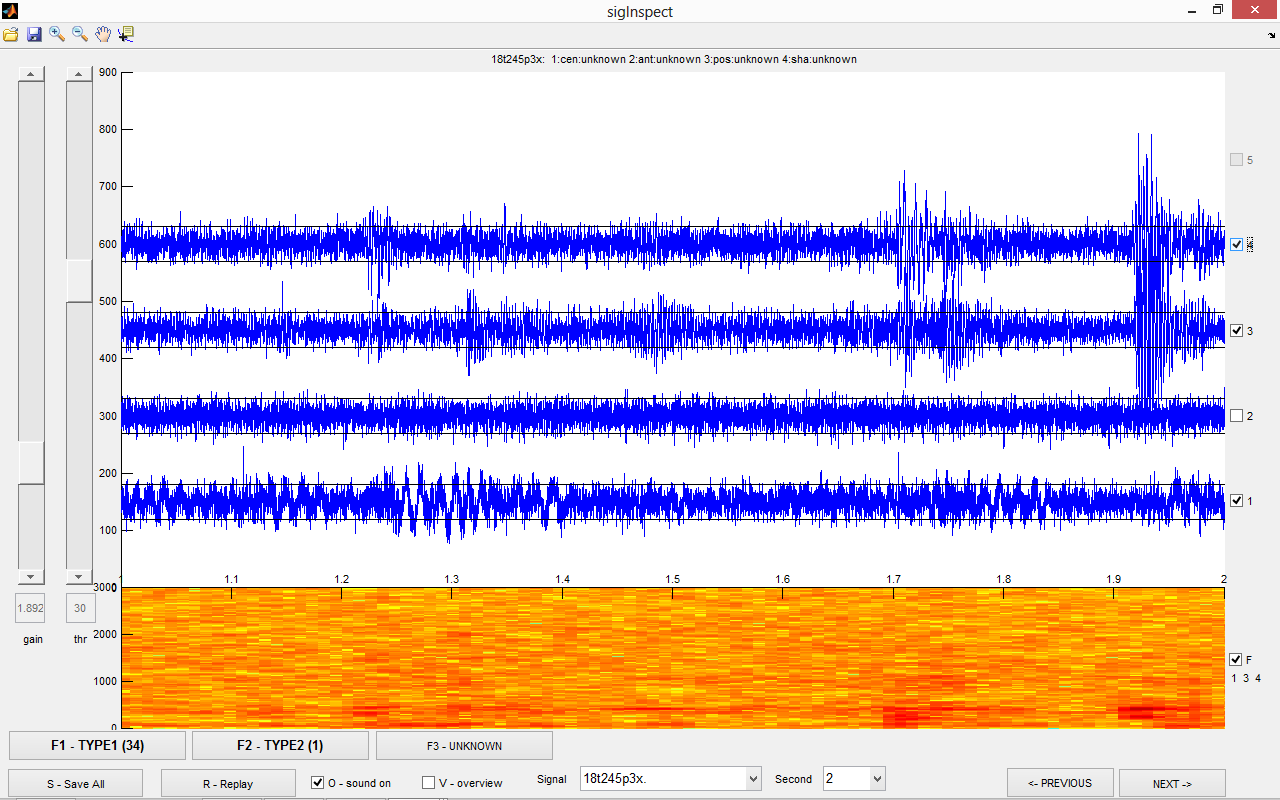Research
Clinical outcome prediction and diagnostics in neuro/psychiatric diseases
During modern clinical care, a patient first undergoes a wide range of diagnostic tests before an optimal treatment strategy can be determined. This is especially true for medical domains dealing with complex diseases whose pathophysiology is often poorly understood: such as neurology or psychiatry. This contribution presents the aims and effort of two collaborative applied research projects aimed at utilizing these data for clinical outcome prediction in two severe conditions: Parkinson's disease and schizophrenia.
Relevant publications
Schneider, J., Bakštein, E., Kolenič, M., Vostatek, P., Correll,C. U., Novák, D. and Španiel, F. (2020). Motor Activity Patterns Can Distinguish Between Inter-Episode Bipolar Disorder Patients and Healthy Controls. CNS Spectrums, September 2020
Long-term monitoring and automatic relapse prevention in Bipolar disorder and schizophrenia
In diagnoses such as schizophrenia or bipolar disorder (BD), the treatment objective is to keep patients in "remission" - a safe state with low presence of disease symptoms. Our goal is to develop a n automatic e-health system for automatic relapse prediction in schizophrenia and BD, based o remote monitoring using behavioral data (wrist-worn actigraphy) and self-reports (mobile app questionnaires).
Relevant publications
Anýž, J., Bakštein, E., Dally, A., Kolenič, M., Hlinka, J., Hartmannová, T., Urbanová, K., Correll, C. U., Novák, D., & Španiel, F. (2021). Validity of the Aktibipo Self-rating Questionnaire for the Digital Self-assessment of Mood and Relapse Detection in Patients With Bipolar Disorder: Instrument Validation Study. JMIR Mental Health, 8(8), e26348.
Bakstein, E., Mladá, K., Fárková, E., Kolenič, M., Španiel, F., Manková, D., … Hajek, T. (2020). Cross‐sectional and within‐subject seasonality and regularity of hospitalizations: A population study in mood disorders and schizophrenia. Bipolar Disorders, (902), bdi.12884.
Spaniel, F., Bakstein, E., Anyz, J., Hlinka, J., Sieger, T., Hrdlicka, J., Gornerova, N., Hoschl, C. (2016) Relapse in schizophrenia: definitively not a bolt from the blue. Neuroscience Letters, S0304-3940(16), 30265–8. [PDF preprint at researchgate]
Automatic nuclei detection in DBS microelectrode recordings
The deep brain stimulation (DBS) is a modern technique for treatment of late-stage movement disorders, consisting of permanent electrical stimulation of deep brain structures. In order to achieve good clinical outcome with low side effects, accurate positioning of the stimulating contacts in the target structure (e.g. subthalamic nucleus in Parkinson's disease) is necessary. The most commonly used method of accurate electrode placement consists of 1) preoperative MRI and CT imaging, 2) intra-operative micro-EEG recording around the presumed target position using a set of micro-electrodes 3) post-operative verification of electrode position using MRI and/or CT.
Analysis and modelling of micro-EEG signals from areas around the STN nucleus - which is the core part of this project - may help in accurate electrode positioning, as well as understanding of correspondences between recorded microEEG and pre/post operative MRI.
Relevant publications
Bakstein, E.; Sieger, T.; Novák, D.; Jech, R. (2016) Probabilistic model of neuronal background activity in deep brain stimulation trajectories In: Information Technology in Bio- and Medical Informatics. Basel: Springer, 2016, pp. 97-111. LNCS 9832 [PDF preprint]
Bakštein, E., Sieger, T., Novák, D., Růžička, F., & Jech, R. (2018). Automated Atlas Fitting for Deep Brain Stimulation Surgery Based on Microelectrode Neuronal Recordings. In Proceedings of the World Congress on Medical Physics and Biomedical Engineering 2018 (pp. 105–111). [PDF preprint]
Automatic artifact detection in microelectrode recordings

Micro-EEG recordings are very susceptible to motion-induced and other types of technical artifacts. As the mEEG signals are often used not only in DBS targetting and nuclei identification process but also in all sorts of neuroscience experiments and unit activity evaluation, it is crucial to identify artifact-free segments.
This is why we developed the sigInspect: a graphical user interface (GUI) application for Matlab, developed for inspection and annotation of extracellular microelectrode recordings (MER), which allows also automatic artifact detection, using the algorighms presented below.
sigInspect and manual available at github.com/ebakstein/sigInspect
Relevant publications
Bakštein, E., Sieger, T., Wild, J., Novák, D., Schneider, J., Vostatek, P., Urgošík, D., Jech, R. (2017). Methods for automatic detection of artifacts in microelectrode recordings. In: Journal of Neuroscience Methods, 290, 39–51. [PDF, supplementary: PDF, matlab codes, data (18MB)]



